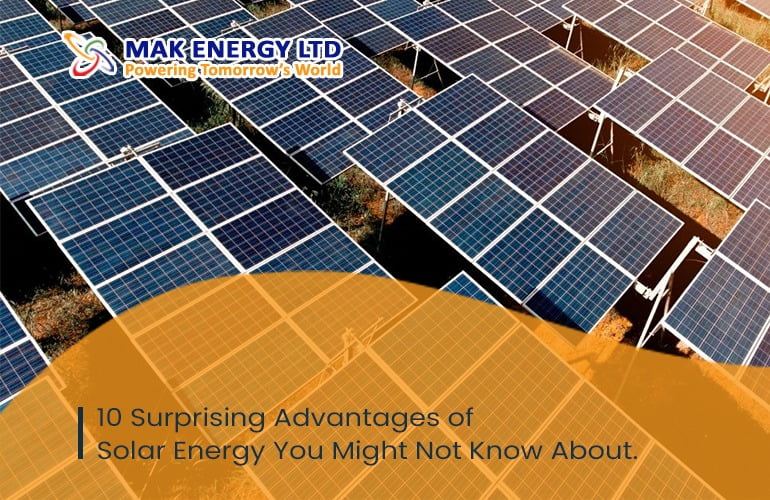Last updated: April 13th, 2023 at 06:46 am
Solar energy is one of the most popular forms of renewable energy available today. It is not only environmentally friendly, but it also helps reduce energy costs in the long run. However, installing solar panels can be expensive, and optimizing them for maximum efficiency can be challenging. This is where a buck converter comes in. In this blog, we will discuss what a buck converter is, how it works with solar panels, when buck is used with solar panels and how it can optimize your solar energy system.
What is a Buck Converter?
A buck converter is a type of DC-DC converter that steps down voltage from a higher voltage to a lower voltage. It does this by controlling the amount of time the input voltage is applied to the output. In other words, a buck converter takes in a high voltage, and then outputs a lower voltage.

How Does a Buck Converter Work with Solar Panels?
Solar panels generate DC power, which is then converted to AC power using an inverter. However, before the DC power can be converted to AC power, it needs to be regulated to ensure that it is at the right voltage level. This is where a buck converter comes in.
When a buck converter is used with solar panels, it steps down the voltage from the solar panels to match the voltage level of the inverter. By doing this, it ensures that the solar panels are operating at their maximum efficiency.

When Buck is Used with Solar Panels: Benefits
- Increased Efficiency: One of the most significant benefits of using a buck converter with solar panels is increased efficiency. When the voltage from the solar panels is not regulated, it can fluctuate, leading to power loss. By using a buck converter to regulate the voltage, the solar panels can operate at their maximum efficiency, leading to increased power output.
- Longer Lifespan: Another benefit of using a buck converter is that it can help extend the lifespan of your solar panels. When the voltage from the solar panels is not regulated, it can cause damage to the panels, leading to a shorter lifespan. By using a buck converter, you can ensure that the voltage is regulated, which can help extend the lifespan of your solar panels.
- Cost Savings: Using a buck converter with solar panels can also lead to cost savings. By increasing the efficiency of your solar panels, you can generate more power, which can help reduce your energy costs. Additionally, by extending the lifespan of your solar panels, you can avoid the costs associated with replacing them.
There are different types of buck converters available in the market, and the choice of the right converter depends on the specific requirements of your solar energy system. For instance, if your solar panel generates a voltage that is higher than the voltage of your inverter, you will need a buck converter that can step down the voltage to match the inverter’s voltage.
Apart from regulating the voltage, a buck converter can also provide other functionalities that can optimize your solar energy system. For instance, some buck converters come with a maximum power point tracking (MPPT) feature that ensures that the solar panels are always operating at their maximum power output.
MPPT is a technology that helps track the maximum power point of the solar panel, which is the point where the panel generates the most power. By constantly adjusting the output voltage of the buck converter to match the maximum power point of the solar panel, MPPT ensures that the solar panel operates at its highest efficiency.
Another functionality of buck converters is the ability to regulate the current flowing from the solar panel to the inverter. This is important because the current that flows from the solar panel needs to be regulated to match the requirements of the inverter. By regulating the current, a buck converter ensures that the solar panel operates within its safe limits, thereby preventing damage to the panel.
In addition to the benefits mentioned above, using a buck converter with solar panels can also help reduce the overall size and cost of your solar energy system. This is because a buck converter can step down the voltage to match the requirements of the inverter, thereby allowing you to use smaller and more cost-effective components.
Conclusion – when buck is used with solar panels?
In conclusion, using a buck converter with solar panels is an effective way to optimize your solar energy system. It ensures that the solar panels operate at their maximum efficiency, leading to increased power output, longer lifespan, and cost savings. When choosing a buck converter, it is important to consider the specific requirements of your solar energy system and choose a converter that meets those requirements. With the right buck converter, you can maximize the benefits of solar energy and contribute to a more sustainable future.




